
Aleksandrowicz S., Lewiński S., Kotarba A., 2012 “Application of IR-MAD transformation to change detection on satellite images” Archiwym Fotogrametrii, Kartografii i Teledetekcji. Vol. 23, 2012, ISBN 978-83-61576-19-8, p. 11-17
ABSTRACT: In the second half of the 1990s, MAD (Multivariate Alteration Detection) method designed for detecting differences in multidimensional datasets was published. It was developed specifically for change detection performed on the basis of
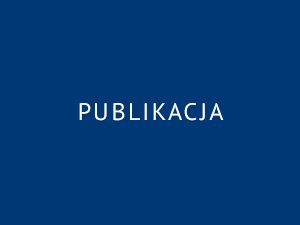
Banaszkiewicz M., Lewiński S., Aleksandrowicz S., Woźniak E., Kotarba A., Krupiński M., “Zastosowanie technik satelitarnych w rolnictwie zrównoważonym, wybrane przykłady zastosowań”, Problemy Inżynierii Rolniczej, 3(77), 109-122, 2012
Satellite remote sensing is one of the main sources of information on natural environment and the processes occurring on the surface of the Earth. Satellite images of different spatial, spectral and radiometric resolution, enable

Drzewiecki W., Wawrzaszek A., Aleksandrowicz S., Krupiński M. 2012. Initial Evaluation of the Applicability of Multifractal Measures as Global Content-Based Image Descriptors. Proc. of ESA-EUSC-JRC 8th Conference on Image Information Mining
Increasing amount of Very High Resolution (VHR) data requires new methods of information mining. In this paper we describe applicability of multifractal theory for VHR panchromatic image analysis. The aim of the study was
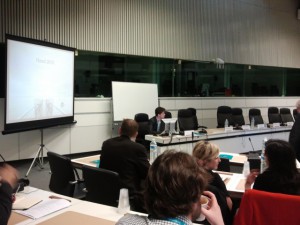
GEONetCab final workshop
On 23 April in Brussels was held the workshop ‘Risk and environment management: the added value of satellite applications’, hosted by the Committee of the Regions, and organised by Eurisy in cooperation with the
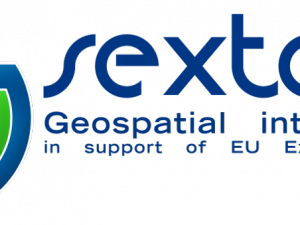
G-SEXTANT: Service Provision of geospatial intelligence in EU External Actions support
G-SEXTANT aims to develop a portfolio of Earth Observation (EO) products and services to support the geo-spatial information needs of EU External Action users and stakeholders, such as the European External Action Service and
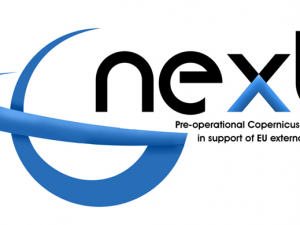
G-NEXT: GMES pre-operational security services for supporting external actions
G-NEXT aims to contribute to the transition of the Copernicus services for Security applications from pre-operational to operational mode. In particular, G-NEXT will supply information and intelligence data in support of the European External

SCARF
Cloud cover plays key role in distributing the solar radiation in the atmosphere. The SCARF (Satellite Cloud Climatology over Poland with Atmospheric Radiation Fluxes Estimation) project aims to estimate the fraction cloud cover over
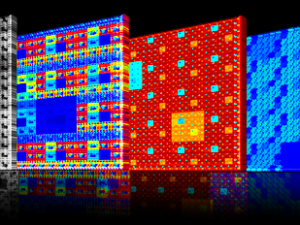
Multifractal Analysis of Satellite Images
This project is supported by the Polish National Science Centre (NCN) and the Ministry of Science and Higher Education (MNiSW) through Grant NN 526 1568 40. The scientific aim of this project is to
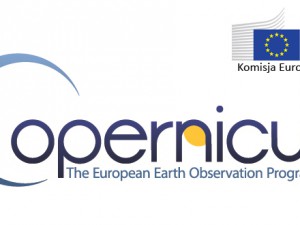
Copernicus new official name for GMES
“Copernicus” is the new name for the programe developed by the European Commision knnowed before as GMES (Global Monitoring for Environment and Security). The new name was announced yesterday by the European Commissioner for

SPEKTROP-L
SPEKTROP-L is an extension of the SPEKTROP project (financed before by the Innovative Economy Programme), within which several models and a prototype of a hypercpectral imaging were developed and tested. The prototype was intended
 Wersja polska
Wersja polska English version
English version